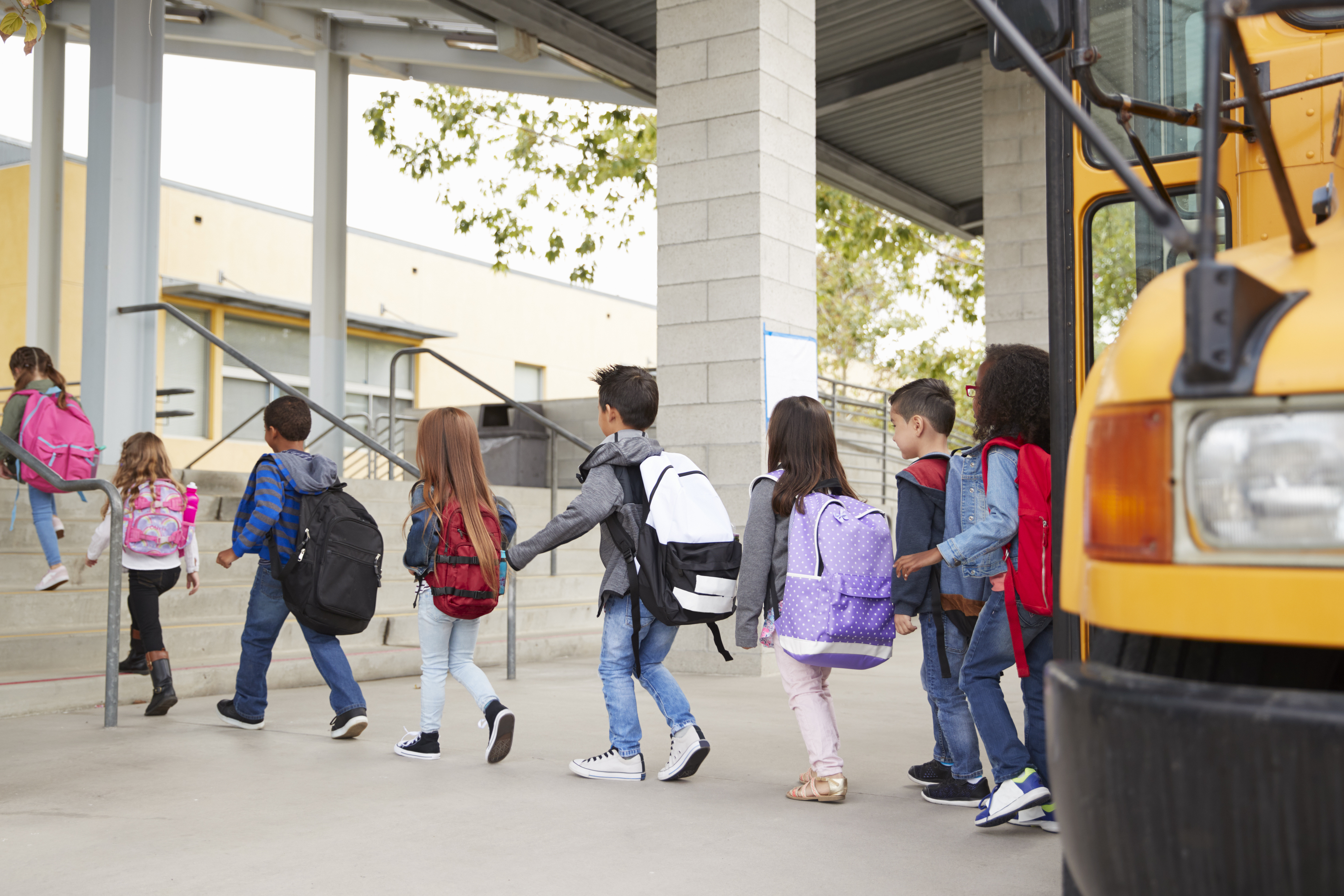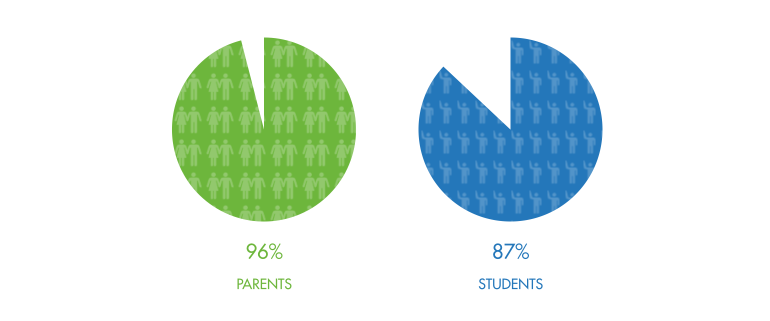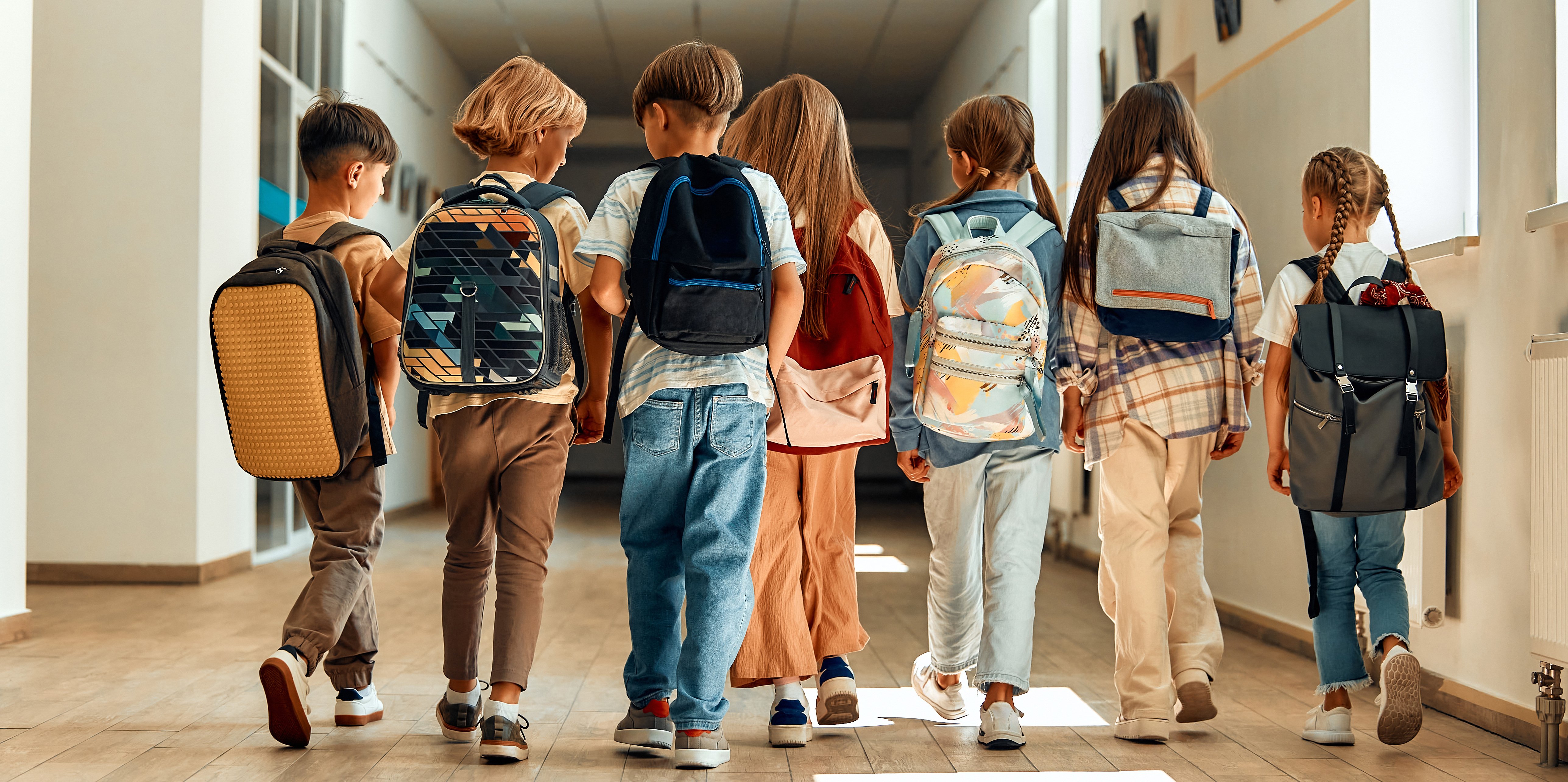School safety is a top priority, impacting the entirety of student experience across academics, behavior, and, significantly, attendance. Recent research highlights a growing trend: students with lower perceptions of school safety are significantly more likely to miss school, contributing to rising absenteeism rates. As such, many districts are prioritizing school safety initiatives to promote more positive school climates and better attendance.
Yet the most impactful changes often come from a source we might overlook: students themselves. Students experience the campus environment in ways that teachers and administrators can’t always see. They are aware of the spaces that feel safe—or unsafe—and can provide firsthand insights into what truly works and what doesn’t.
Tapping into student voice not only makes safety initiatives more effective, but also fosters a sense of trust and ownership within the school community.
What "Student Voice" Means for School Safety
"Student voice" goes beyond simply asking for opinions; it’s about inviting students to play an active role in shaping their environment. When it comes to school safety, this means acknowledging their experiences and acting on their suggestions, which may cover a range of issues from physical security measures to emotional well-being. By genuinely listening to students, schools can uncover concerns that are often invisible to adults—like areas of campus that feel isolating or practices that seem exclusionary.
Incorporating student voice in safety discussions empowers students, validates their experiences, and leads to solutions that better meet their needs.
The Benefits of Incorporating Student Voice in Safety Planning
Engaging students in safety initiatives offers tangible benefits that improve both the perception and reality of school safety:
-
Increased Buy-In: Students are more likely to support and follow safety measures when they’ve had a say in shaping them. Feeling included fosters respect and compliance with policies.
-
Improved Responsiveness: Students are often the first to notice developing issues, from subtle changes in peer behavior to physical infrastructure concerns. Regular feedback can help schools stay ahead of potential risks.
-
Enhanced Emotional and Mental Safety: Safety isn’t just about physical security. Addressing students' emotional needs—like creating a welcoming, inclusive environment—significantly impacts their sense of well-being. When students feel their voices are valued, they’re more likely to feel secure on campus.
Methods for Gathering Student Feedback on School Safety
Several approaches allow schools to effectively gather and act on student feedback regarding safety:
-
Feedback Surveys: Student voice surveys allow students to share their honest thoughts and ideas. These methods are especially helpful for gathering feedback from a wide range of students and spotting trends that might require attention.
-
Student Safety Committees: Creating committees that include students as active members ensures ongoing input. These committees can discuss campus safety, evaluate current policies, and brainstorm new initiatives.
-
Direct Channels for Reporting Concerns: Having anonymous reporting tools, whether digital or physical, provides students with a way to voice immediate concerns. This is particularly helpful for sensitive issues they might not feel comfortable discussing openly.
Each of these methods provides unique insights, helping administrators develop a comprehensive understanding of students' safety concerns and perspectives.
Analyzing and Responding to Student Feedback
Once feedback is gathered, the next step is to turn it into action:
-
Categorizing Concerns: Organize feedback into themes such as physical safety (e.g., bullying), emotional safety (e.g., inclusive spaces), or procedural improvements (e.g., how behavior incidents are handled). Identifying patterns allows schools to prioritize effectively.
-
Balancing Quick Fixes with Long-Term Goals: Some issues can be resolved quickly, like improving lighting in specific areas, while others, such as revising school-wide policies, may require more time and resources. A mix of short- and long-term responses shows students that their concerns are being taken seriously.
-
Tracking Improvements: Use data to measure progress. Regularly check in with students to see if changes have been effective and whether additional adjustments are needed. Transparent updates keep students informed and reinforce trust.
Overcoming Challenges in Implementing Student-Driven Safety Initiatives
Implementing new ideas from students isn't always straightforward. Common challenges include hesitation from staff, limited budgets, and the need for approval from multiple stakeholders. Here are a few strategies to navigate these hurdles:
-
Promote Open Communication: Regularly share updates with staff and explain the reasoning behind new initiatives to foster understanding and support.
-
Allocate Resources Strategically: Prioritize high-impact, low-cost changes when budgets are tight, and consider grant opportunities or partnerships for larger projects.
-
Set Clear Goals and Measures of Success: Outline specific outcomes for each initiative, making it easier to track success and justify continued efforts.
Empowering Students for a Safer School Environment
Engaging student voices in school safety initiatives isn’t just a box to check—it’s a pathway to meaningful, lasting improvement. By truly listening to students, schools can build environments that reflect their needs, fostering both trust and safety. When students know their voices matter, they’re not just more likely to feel safe; they’re also more connected and engaged, contributing to a positive, inclusive school culture.
If your district is ready to start—or expand on—a surveys program, Panorama Surveys and Feedback is the leading K–12 platform for all your district's survey needs, from benchmark surveys to pulse checks. Panorama is the central place for districts to collect and analyze student, family, and teacher feedback on the factors that are critical to student achievement. With reliable, actionable feedback data, districts can address key issues like belonging, teacher-student relationships, engagement, and school safety.








.webp)